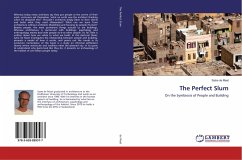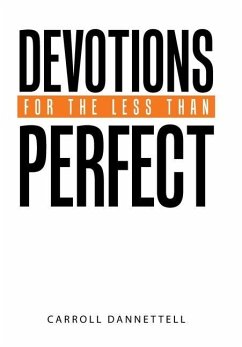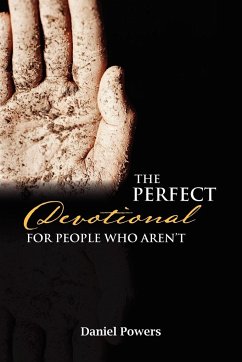Whereas today many architects say they put people at the centre of their work, end-users ask themselves 'what on earth was the architect thinking when he designed this?' Shouldn't architects simply listen to their clients and build what they need (Alexander)? What can we learn from architecture without architects (Rudofsky) and housing by people (Turner)? Besides people, the most prominent things around us are buildings. Whereas architecture is concerned with buildings, psychology and anthropology mainly deal with people vis-à-vis other people. So far, little is written about how we relate to what we build. In this doctoral thesis, Sytse de Maat investigates the relationship between people and building, presents a model of how it works, and points out the trends in its evolution. Centerpiece of the book is a study on informal settlement (slums) where vernacular and tradition meet the planned city. In its quest to understand why slums look like they do, it presents an archaeology of the habitat of one billion people today.







